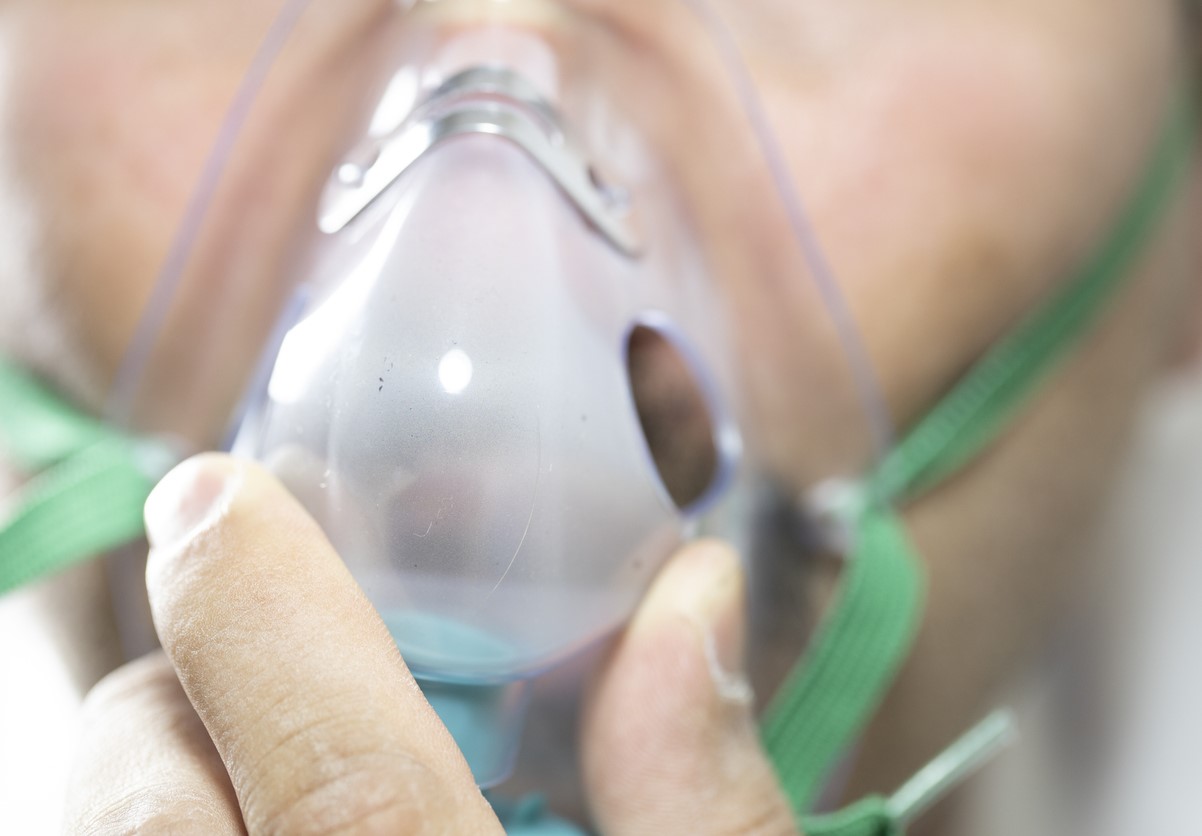Today in Morbidity and Mortality Weekly Report, two unrelated cases of Trichophyton indotineae infections are described, suggesting the severe, antifungal-resistant tinea is now being locally transmitted in the United States.
The skin infection, caused by dermatophyte molds, has become an epidemic in South Asia, because T indotineae infections are highly transmissible, and resistant to commonly used antifungal and steroid creams. T indotineae isolates are frequently resistant to terbinafine, a mainstay of tinea treatment, the authors said, but the skin condition had previously only been seen in Asia and Europe
The report describes patients seen by a New York City dermatologist who notified health officials in February of severe tinea that did not improve with oral terbinafine treatment, raising concern for potential T indotineae infection. The patients shared no epidemiologic links.
Health care providers should consider T. indotineae infection in patients with widespread tinea.
The first patient was a pregnant woman with no travel history, suggesting she picked up the infection locally. The second patient, also a woman, had recently traveled to Bangladesh.
Both women presented with widespread large, annular, scaly, itchy plaques over the neck, abdomen, pubic region, thighs, and buttocks. After the terbinafine failure, subsequent therapies healed the first woman, but the second woman had only about 80% improvement and is still being treated by the dermatologist.
"Health care providers should consider T. indotineae infection in patients with widespread tinea, particularly when eruptions do not improve with first-line topical antifungal agents or oral terbinafine," the authors wrote.
 Obesity accelerates the loss of COVID-19 vaccine-induced neutralizing antibody capacity, concludes a University of Cambridge
Obesity accelerates the loss of COVID-19 vaccine-induced neutralizing antibody capacity, concludes a University of Cambridge 











